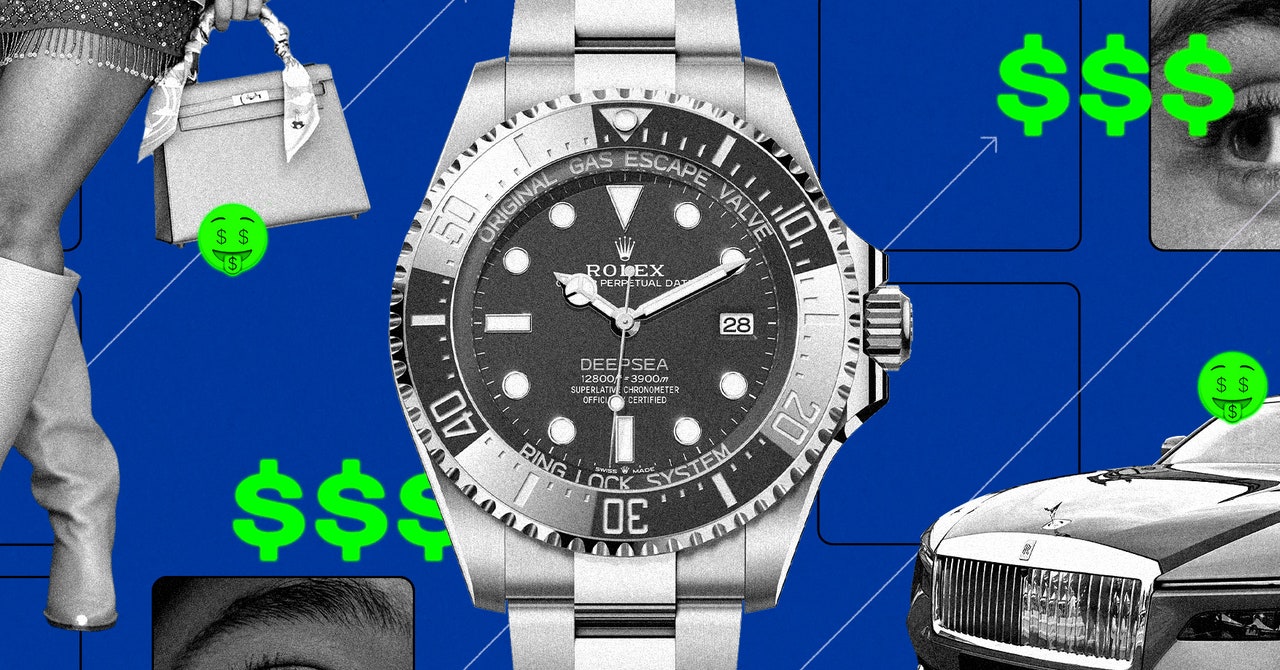
To start out with, it’s all about understanding the trade-off between work and free time, explains College Faculty London professor of economics Wendy Carlin. “You’re employed to get earnings which you could spend on items and companies. As you turn into higher off, we might count on folks to each need extra free time and extra items; the query is what the steadiness is between one or the opposite.”
Completely different societies make completely different selections; Carlin touches on the basic distinction between European and American work-life steadiness. “Individuals say ‘Oh, the Europeans are simply very lazy, and so they take all these holidays.’ However they’re making a special selection by way of the best way they make the most of their larger dwelling requirements, as a result of the factor that is actually scarce is time.” Veblen’s theories are available in once you have a look at why folks work extra in numerous international locations, she explains.
“A few of these persons are working two jobs simply to outlive,” Carlin says, “however a few of them are working two jobs as a result of they wish to have the newest factor, the brand new phone, or the brand new car, or no matter.”
It’d sound apparent to us, but it surely defies conventional financial principle, which, in a nutshell, says we ought to be pleased as soon as our fundamental wants are met—and it might have appeared like insanity to the teachers of 100 years in the past.
“It was thought that by now we might be working simply two days every week,” says Carlin, in reference to John Maynard Keynes’ 1930 paper Financial Prospects for Our Grandchildren, wherein the economist predicted that enhancements in know-how and manufacturing effectivity would depart folks needing solely to work 15 hours every week. “As an alternative, folks work two, three jobs, take two weeks’ vacation and have extra items. And why do they do this? Nicely, as Veblen mentioned, as a result of they’re evaluating themselves with different folks.”
Because the Wealthy Get Richer …
We’d not acknowledge the evaluation of our working habits, believing that all of us have extra noble motivations at coronary heart, however who amongst us can deny that we additionally aspire to a brand new Porsche, a Chanel bag, or every week within the Hamptons? Veblen’s work acknowledged that individuals at each stage of society would work to achieve the symbols they perceiv as belonging to a superior class; it seems that the extra excessive that disparity—the extra erratically wealth is distributed in a society—the more durable folks will attempt. “Extra inequality intensifies the Veblen impact,” Carlin says.
Analysis that in contrast the earnings share of the highest 1 % of earners with the common variety of hours labored bore out this concept. “The Nordic international locations had been very unequal a century in the past,” says Carlin. “Then inequality fell dramatically, and on the identical time, hours of labor fell. Individuals had been much less keen on evaluating themselves with ultrarich folks, and they also determined to take extra leisure time.”
If it’s not instantly clear how that impacts our lives—and our spending—in the present day, think about that earnings inequality within the US has worsened dramatically previously 4 a long time, based on a 2020 report from the Pew Research Center, which remarked that “the wealth hole between America’s richest and poorer households greater than doubled from 1989 to 2016” and famous that America’s Gini index (a measure of earnings inequality) was larger than another G7 nation. No shock then that projections for luxurious items gross sales within the US are rosy.
Insta Impact
There’s one other component that’s important to understanding the growing maintain Veblen items have over us: their visibility. As a result of Veblen’s theories depend on the notion of others, for something to be thought-about a conventional Veblen good, its worth—or exclusivity—should be simply understood by others.
This straightforward reality underpins big-logo luxurious merchandise comparable to a Louis Vuitton monogrammed holdall, the oversize grille of a Rolls-Royce, or the moment recognition of iconic watch designs just like the Audemars Piguet Royal Oak.







